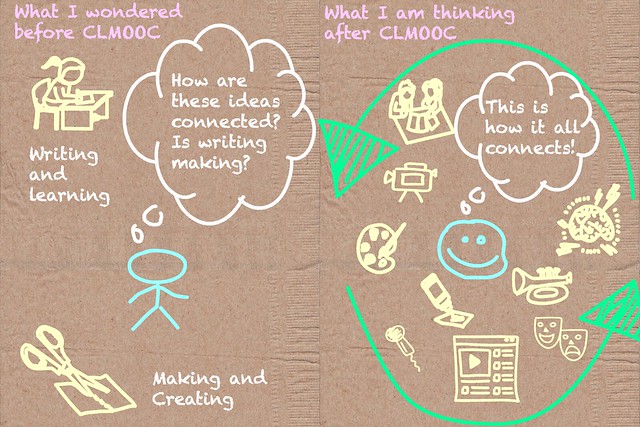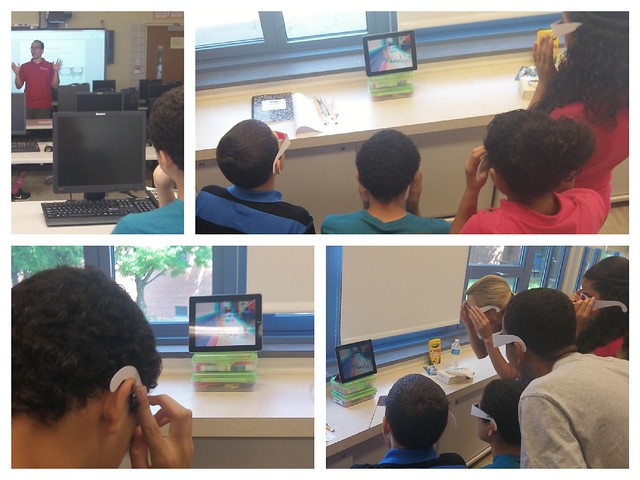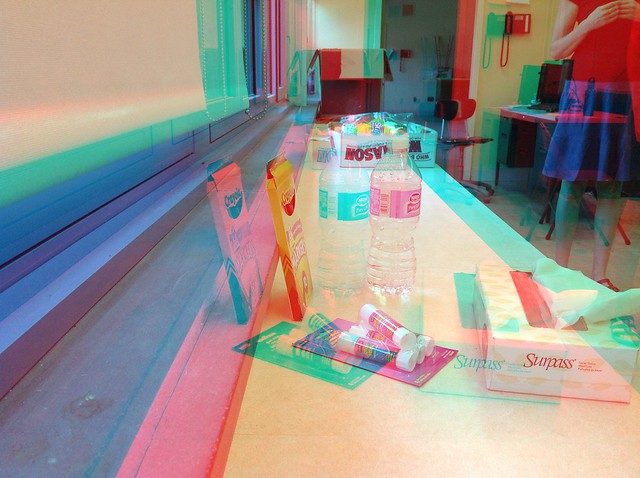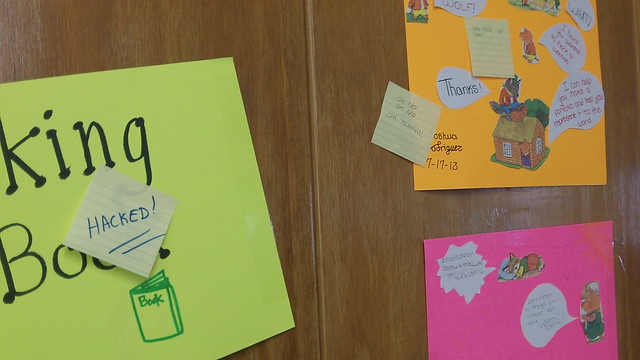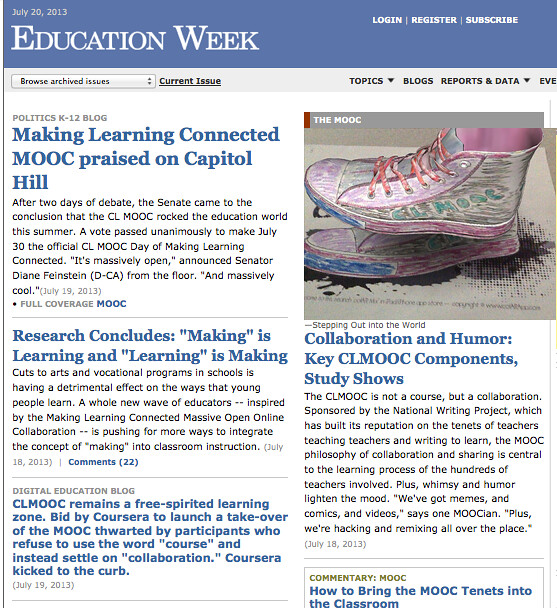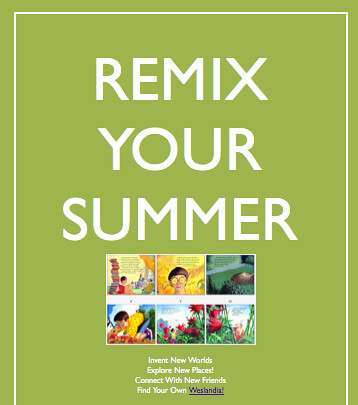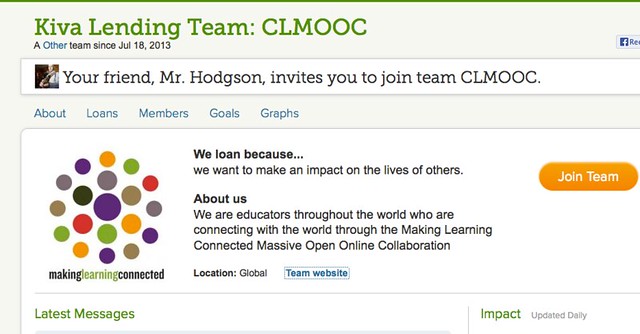“The two consortia are keenly aware that states might find it difficult to win support for the new tests if they represent increases in cost or test-taking time. They are taking pains to point out what they see as the value their tests will add compared with current state tests.” — Education Week
The consortium developing PARCC, one of two tests aligned to the Common Core, announced recently that it will cost close to $30 per student to administer its math and ELA assessments. PARCC is still expected to be rolled out in the 2014-15 school year, as far as I can tell, and along with trying to figure out how to meet the technology needs to administer PARCC, there is the cost of giving the test itself (which includes a mid-year summative assessment and an end-of-year formative assessment).
That will be about $30 per student, according to PARCC. So, in a school of 500 kids to be assessed, that bill runs to $15,000.
I’m not sure who actually pays that bill (the state or the district or the school) but in these cash-strapped days, that’s a chunk of change, right? (Oh, and if your technology is not ready for the tests, a paper/pen option may be available … for an additional $4 or so.) I know at our school, that would mean some personnel cuts, most likely. But I am not sure what our state pays for our standardized testing right now, either, so maybe it is a wash. (I did some searching for a number but came up empty)
Over at Education Week, an article by Catherine Gewertz explains more about the PARCC announcement. You should read the whole thing, but here are some take-away pieces from her article for me:
States are grappling with how to build support for different tests, something that can be difficult even without a price increase. But for almost half the states in PARCC, and one-third in Smarter Balanced, that job is even tougher since the tests will cost more than what they’re currently spending.
——-
PARCC’s pricing includes only the two pieces of its summative tests: its performance-based assessment, which is given about three-quarters of the way through the school year, and its end-of-year test, given about 90 percent of the way through the school year.
Its price does not include three tests that PARCC is also designing: a test of speaking and listening skills, which states are required to give but don’t have to use for federal accountability; an optional midyear exam; and an optional diagnostic test given at the beginning of the school year. Pricing for those tests will be issued later, according to Colby.
If states want to give paper-and-pencil versions of the PARCC tests, which will be available for at least the first year of its administration, that will cost $3 to $4 per student more, according to a frequently-asked-questions document prepared by the consortium.
——
States vary widely in what they spend for assessment, so they find themselves in varied positions politically as they contemplate moving to new tests.
Figures compiled for the two consortia’s federal grant applications in 2010 show that in the Smarter Balanced consortium, some states paid as little as $9 per student (North Carolina) for math and English/language arts tests, while others paid as much as $63.50 (Delaware) and $69 (Maine). One state, Hawaii, reported spending $116 per student.
In the PARCC consortium, per-student, combined costs for math and English/language arts tests ranged from $10.70 (Georgia) to $61.24 (Maryland), with a median of $27.78.
— from Education Week
Keep an eye out on this kind of news, because PARCC and Smarter Balance are coming, and it pays to be informed, and to be in the testing business.
Peace (outside the bubbles),
Kevin
